Donning an augmented reality headset in the cockpit, a veteran F-22 pilot just had a dogfight with a projection of a Chinese J-20 fighter.
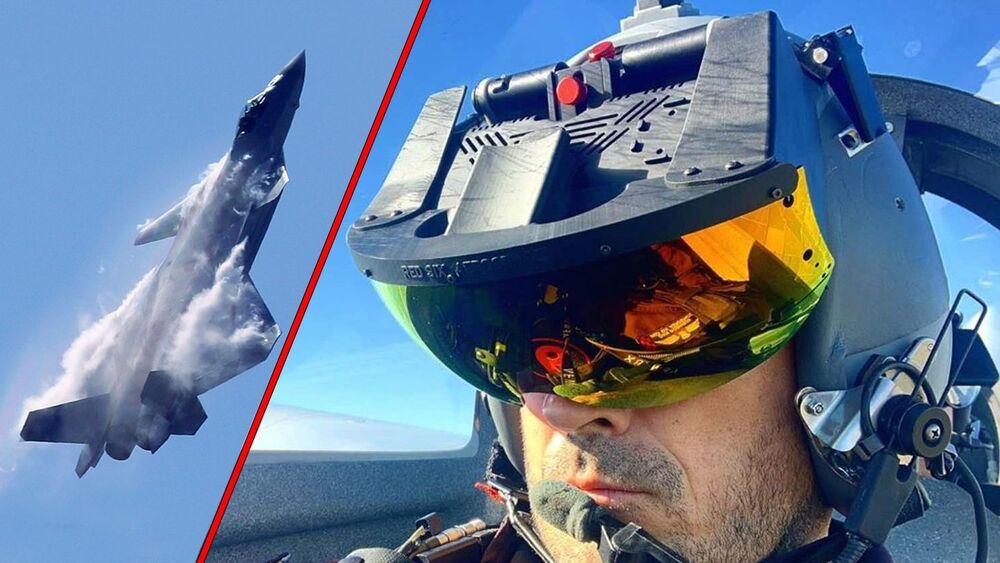

AR has been a bit of a fad in recent days. However, I personally believe that it will be an integral part of our future lives- but in the form of neural implants rather than glasses or contact lenses.
Discord Link: https://discord.gg/brYJDEr
Patreon link: https://www.patreon.com/TheFuturistTom
Please follow our instagram at: https://www.instagram.com/the_futurist_tom
For business inquires, please contact [email protected]
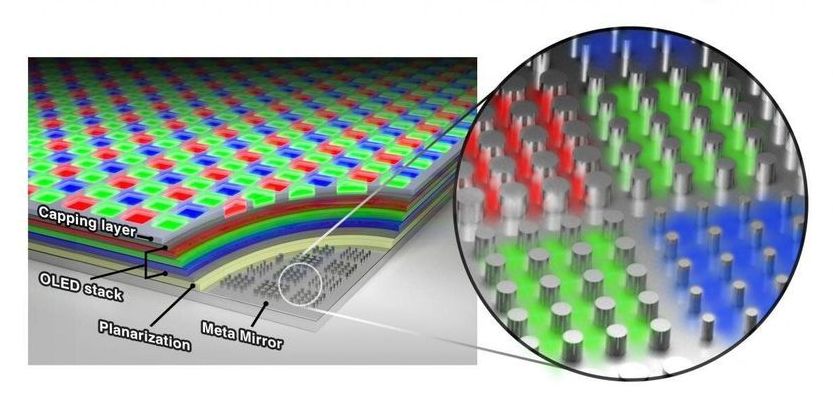
Ultra high-res displays for gadgets and tv sets may be coming. 😃
By expanding on existing designs for electrodes of ultra-thin solar panels, Stanford researchers and collaborators in Korea have developed a new architecture for OLED—organic light-emitting diode—displays that could enable televisions, smartphones and virtual or augmented reality devices with resolutions of up to 10,000 pixels per inch (PPI). (For comparison, the resolutions of new smartphones are around 400 to 500 PPI.)
Such high-pixel-density displays will be able to provide stunning images with true-to-life detail—something that will be even more important for headset displays designed to sit just centimeters from our faces.
The advance is based on research by Stanford University materials scientist Mark Brongersma in collaboration with the Samsung Advanced Institute of Technology (SAIT). Brongersma was initially put on this research path because he wanted to create an ultra-thin solar panel design.
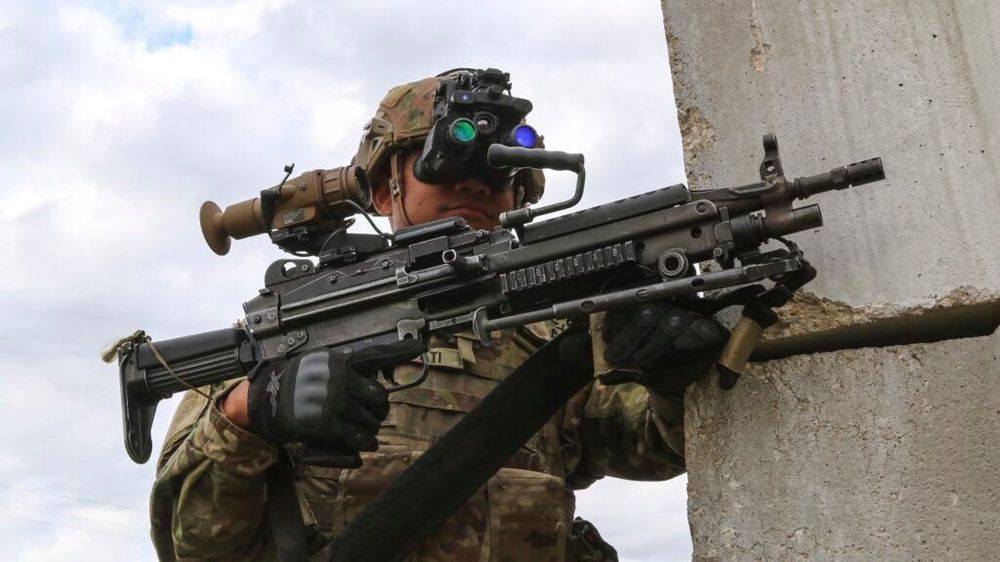
Article on the soldiers of the very near future. This is when Internet of Things is used for military purposes allowing better situational awareness.
ENVG-B is still being fielded across the force, but the Army is already developing a next-gen system, a set of augmented reality targeting goggles — a militarized Microsoft HoloLens — known as IVAS. The Army’s also developing an Adaptive Squad Architecture to ensure all the different technologies going on a soldier’s body are compatible.
“ENVG-B is a system of systems,” Lynn Bollengier of L3Harris Technologies said at this week’s annual Association of the US Army conference. These systems include integrated augmented reality aspects from the Nett Warrior tablet, as well as wireless interconnectivity with weapon sights.
Combined, that means a soldier wearing the ENVG-B can look through their binoculars, turn on the camera in their rifle’s sight, and point that sight around a corner to see and shoot, without exposing anything more than their hands or the rifle.
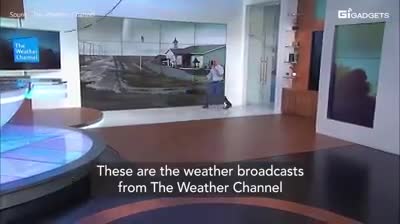
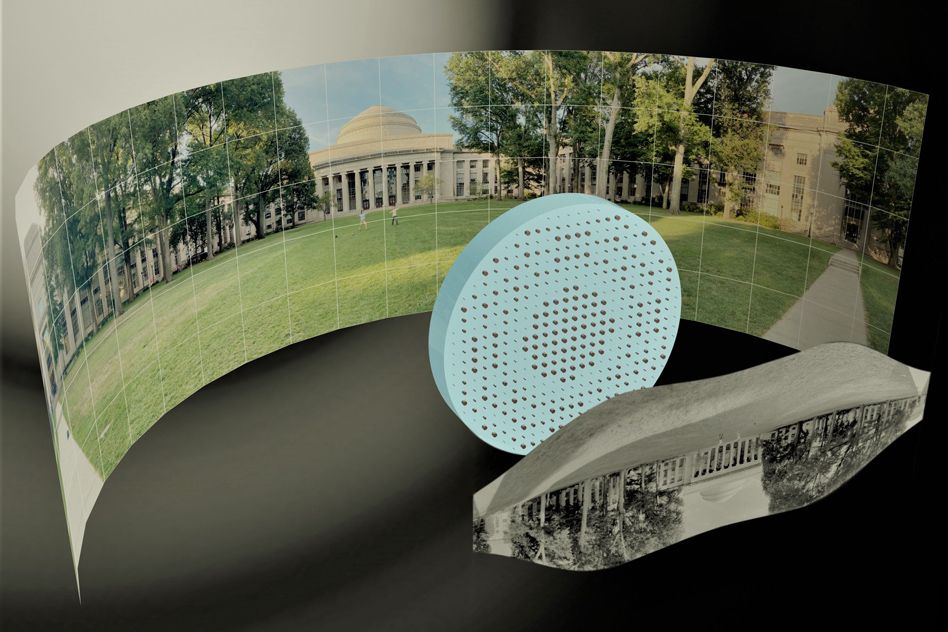
IS THE METAMATERIAL FISHEYE LENS AN ANSWER FOR RETINAL PROJECTION? There is a race to figure out the best way to project images onto the human retina, for augmented reality devices. Since the human retina is curved, unlike a photographic plate, a wide-angled, curved image designed to fit with the inherent curvature of the retina is in order. Planetariums can use fisheye lenses to project onto a curved dome in a similar way. Can modification of the new method for creating flat, wide angled fisheye metalenses be used for this purpose? There would be three immediate applications of such a capability: 1) Augmented reality projection which is not limited to a narrow portion of the visual field. 2) Full immersion virtual reality devices. 3) Night vision glasses that take large areas of aperture and project wide-angled images through a smaller exit pupil than the human pupil. It is possible that such a lens would be used in combination with another complementing metalens to allow the proper projection.
To capture panoramic views in a single shot, photographers typically use fisheye lenses — ultra-wide-angle lenses made from multiple pieces of curved glass, which distort incoming light to produce wide, bubble-like images. Their spherical, multipiece design makes fisheye lenses inherently bulky and often costly to produce.
Now engineers at MIT and the University of Massachusetts at Lowell have designed a wide-angle lens that is completely flat. It is the first flat fisheye lens to produce crisp, 180-degree panoramic images. The design is a type of “metalens,” a wafer-thin material patterned with microscopic features that work together to manipulate light in a specific way.
In this case, the new fisheye lens consists of a single flat, millimeter-thin piece of glass covered on one side with tiny structures that precisely scatter incoming light to produce panoramic images, just as a conventional curved, multielement fisheye lens assembly would. The lens works in the infrared part of the spectrum, but the researchers say it could be modified to capture images using visible light as well.

The US Army is testing augmented reality goggles on its service dogs in hopes to allow troops to give orders remotely.
Pooches are commonly deployed to sniff out explosives, hazardous materials or to assist in rescues. The tech would retrofit special safety goggles military dogs already wear with live cameras and visual indicators so handlers can issue specific directions – allowing the dogs to work without putting soldiers in danger.
“Augmented reality works differently for dogs than for humans,” said Dr. Stephen Lee, an Army Research Office senior scientist in a statement. “AR will be used to provide dogs with commands and cues; it’s not for the dog to interact with it like a human does. This new technology offers us a critical tool to better communicate with military working dogs.”

The US Army is developing augmented reality goggles for dogs to help protect their human guardians.
The BBC reports that the project, funded by the Small Business Innovation Research program, aims to allow soldiers to give dogs specific directional commands while they’re not in direct line of sight.
“Augmented reality works differently for dogs than for humans,” Stephen Lee, an Army Research Laboratory senior scientist, explained in a statement. “AR will be used to provide dogs with commands and cues; it’s not for the dog to interact with it like a human does.”
At this year’s #MSIgnite we revealed how HoloLens 2 is helping build the NASA’s Orion Spacecraft, designed to return astronauts to the moon and pave the way for human exploration to Mars.

Before #COVID19, we like to imagine a #future where we can get and do anything from home, including working, with the help of novel #technologies such as #VR and #AR.
However, the #COVID19 pandemic shows us the human nature, that is, “going out” is one of the basic needs for human being!
One revelation here is that: When speaking of how #technology can change our lives, we often neglect the humane factors and focus only on the technical ones. Take #VR as an example. Yes, it does allow you to have a shopping experience similar to (or even better than) shop outside. However, do you really want to stay at home 24/7 and complete everything online?
https://tek.io/2RP6LGn
by Esther Shein from TechRepublic
#WorkFromHome #FutureOfWork #RemoteWorking
Mental health was the No.1 factor influencing future working environments, the ongoing IBM Institute for Business Value survey found.